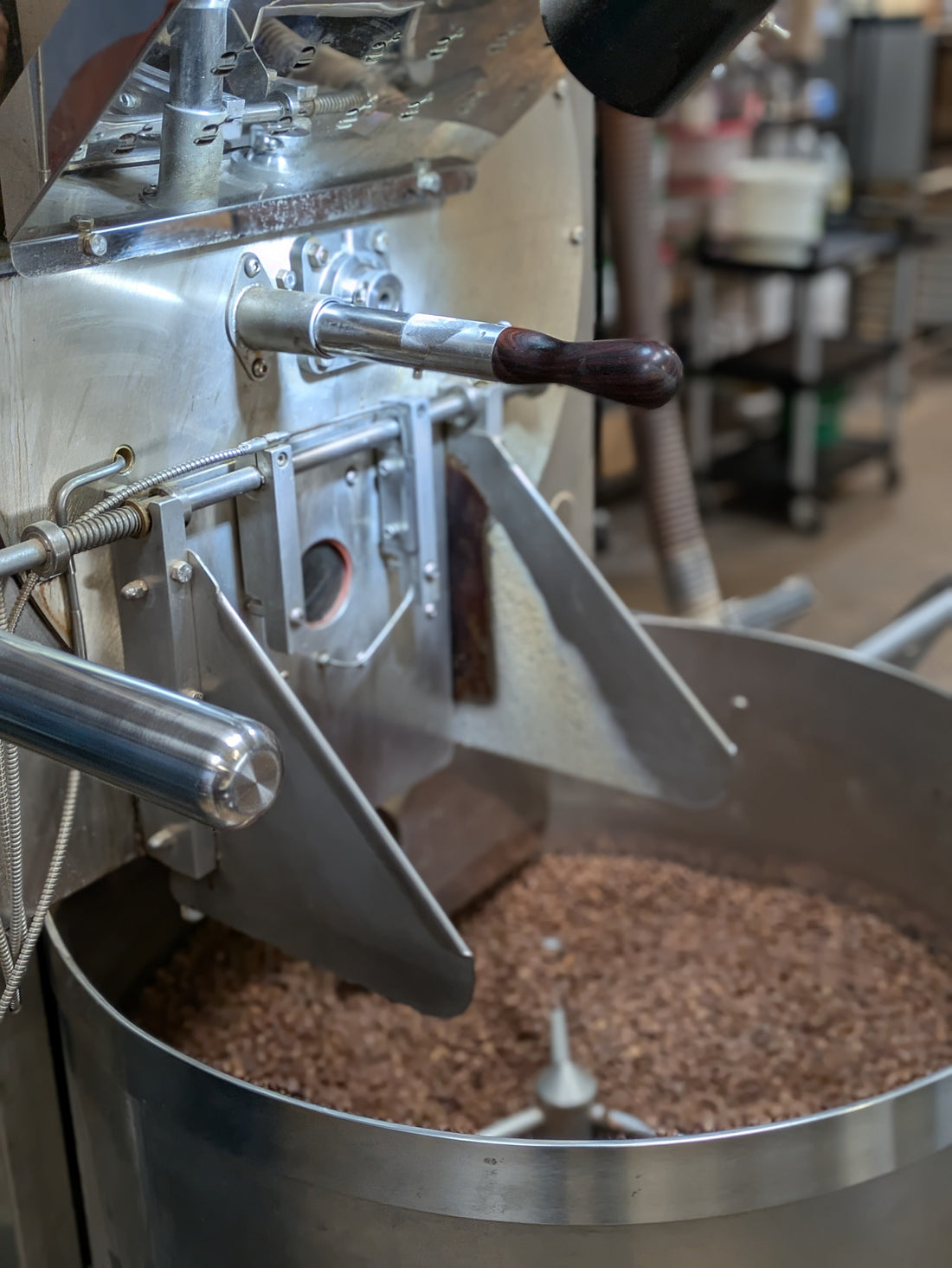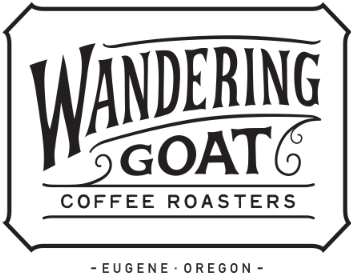
Talking Roast Levels
With the exception of our French Roast offering, you may have noticed that we do not associate any of our coffees with a specific roast level; some may even say that we explicitly shy away from this practice. We do state that all of our coffees are roasted light-to-medium, and that generally all of the single-origin varietals are roasted light, but we’d like to delve further into why we actively avoid assigning hard-and-fast roast levels to the beans that keep us in business.
Have you ever purchased a medium-heat salsa and thought to yourself, “This is much spicier than the medium from another brand,” or tried on two similar sized shirts made by two different companies and found that they fit completely different? This is the current state of appointing roast levels in the coffee industry. With the exception of the extremes, assigning roast levels is a subjective designation that varies greatly between brands while all using the same terminology.
When we first began roasting coffee in 2004, many considered our coffee very light as dark roasts were the industry standard. Today, many third-wave coffee drinkers consider us more medium despite the fact that we have changed very little about our philosophy and approach to roasting coffee in that time. Given that scenario, we would prefer to not cloud your impression with fixed terms that have an ever-shifting and subjective definition.
So where does that leave one deciding which coffee to purchase and what is our personal philosophy to coffee roasting? We approach our coffee through its origin and roast for full flavor development rather than a specific roast level. For example, we roast Ethiopian coffees lighter than Peru because it best highlights their flavor profile but still classify both as light-roast; additionally, we roast Espresso Chupacabra slightly more dark than the aforementioned single-origins because that approach ultimately pulls better shots of espresso. We would not classify any of our coffee as a dark roast, which typically (but not always) serves to mute the special characteristics of each varietal.
Furthermore, roast levels held more weight forty-years ago when coffee quality paled in comparison to today’s options. As standards have improved and the choices for high-quality organic coffee have increased ten-fold, roast levels have taken more of a backseat to tasting notes. Unless you specifically want a dark roast and like a lot of cream in your coffee, it’s much better nowadays to choose your coffee based upon tasting notes than roast levels.
We could continue the conversation for hours so, as always, please let us know if you have any questions or would like information further clarified from the wall of text above.
